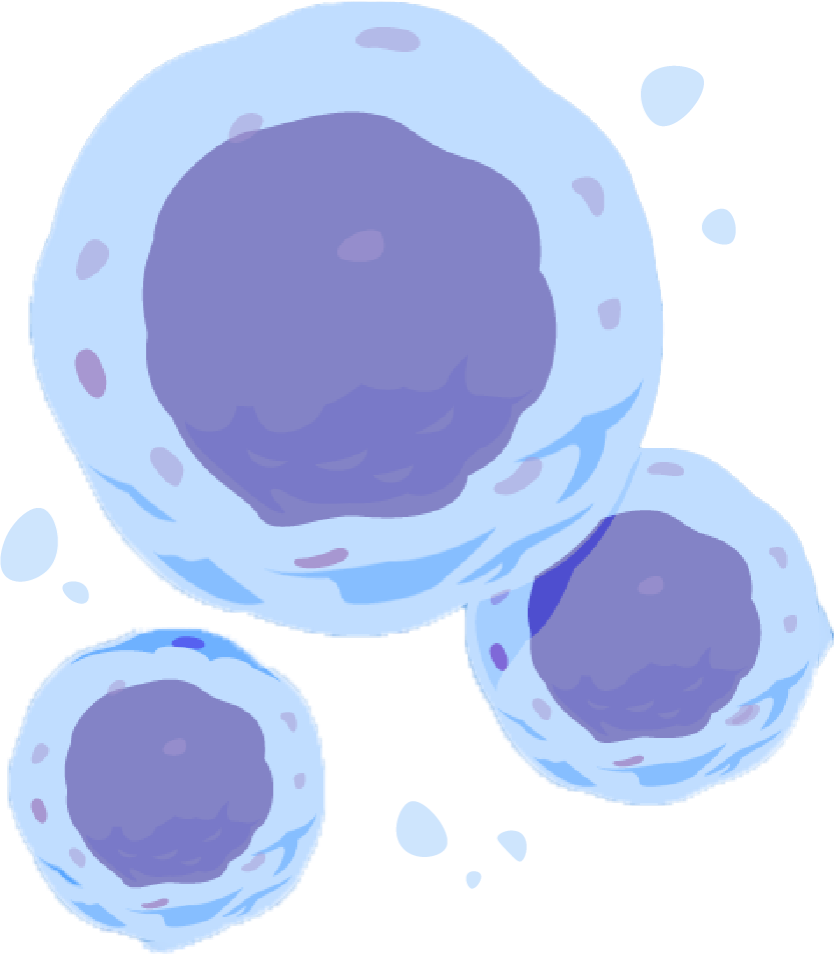01 Understanding Genetics and Your Body
Section 3
What is a Gene?

Learning Goal
To understand the fundamental role genes play in heredity.
A gene is the basic unit of heredity. Genes are made of DNA, and many genes provide the code, or instructions, for making proteins, such as enzymes, that the human body needs to grow, function, and survive, although some genes serve other important functions. In humans, genes range in size from a few hundred DNA bases to more than 2 million bases. The Human Genome Project, an international research effort to determine the DNA sequence of the entire human genome,1 has estimated that humans have between 20,000 and 25,000 genes.2
For the vast majority of our genes, every person carries two copies of each gene, one inherited from each parent. Although most genes are identical in all people, a small number of genes – less than 1% – differ slightly between people, as they have small differences in their sequence (or order) of DNA bases. These small differences, known as alleles, contribute to the individual physical features that make each person unique.2
Each gene has a unique name, some of which can be long, which is why genes are also assigned symbols that abbreviate the gene name. These symbols consist of short combinations of letters and sometimes numbers.2
Additional Interesting Fact
Symbols for protein-coding genes typically consist of three or four italicized letters that serve as an abbreviation for the key function of the gene.3,4 For example, the gene associated with cystic fibrosis uses the symbol CFTR. CFTR is an acronym for cystic fibrosis transmembrane conductance regulator, which is the protein made by the instructions encoded in that gene.5
Key Learnings
Genes, the basic unit of heredity, provide instructions to make proteins, such as enzymes, that the human body needs to grow, function, and survive.
A small number of genes differ from person to person due to the presence of alleles, which are small differences in the sequence of DNA bases within those genes, and which contribute to each person’s unique physical features.
Continue learning about genetics and your body in the next section
Section 4
Overview of Chromosomes
To understand the components and function of chromosomes and the role they play in cell division.
References
- The Human Genome Project. National Human Genome Research Institute, National Institutes of Health, U.S. Department of Health and Human Services; 2020. https://www.genome.gov/human-genome-project. Accessed December 21, 2021.
- Help me understand genetics: cells and DNA – What is a gene? MedlinePlus. U.S. National Library of Medicine, National Institutes of Health, U.S. Department of Health and Human Services; 2021. https://medlineplus.gov/genetics/understanding/basics/gene/. Accessed December 21, 2021.
- Gene/protein nomenclature guidelines and requirements. European Society of Human Reproduction and Embryology; 2021. https://academic.oup.com/molehr/pages/Gene_And_Protein_Nomenclature. Accessed December 21, 2021.
- Braschi B, Denny P, Gray K, J, et al. Genenames.org: the HGNC and VGNC resources in 2019. Nucleic Acids Res. 2019;47(D1):D786-D792. [PubMed]
- CFTR gene: cystic fibrosis transmembrane conductance regulator. MedlinePlus. U.S. National Library of Medicine, National Institutes of Health, U.S, Department of Health and Human Services; 2021. https://medlineplus.gov/genetics/gene/cftr/. Accessed December 21, 2021.